New tech and incentives helping to reduce costs
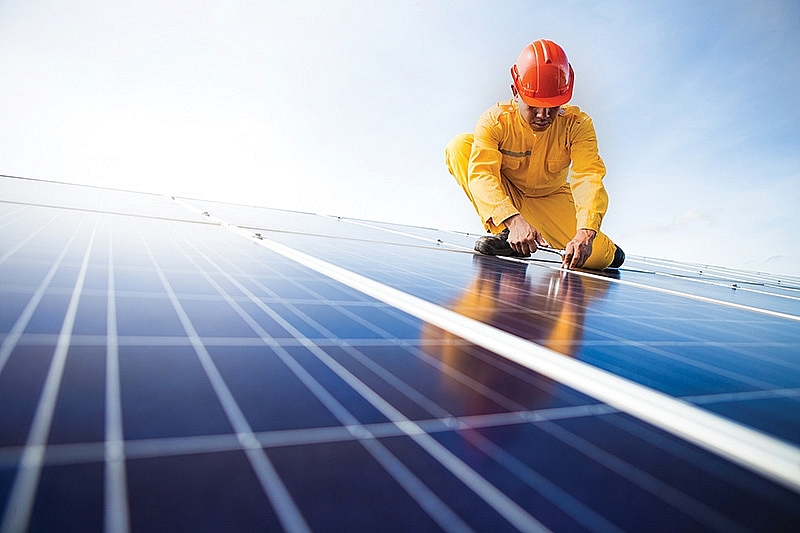 |
| Renewable energy becomes more profitable and attractive to overseas investors thanks to lower costs |
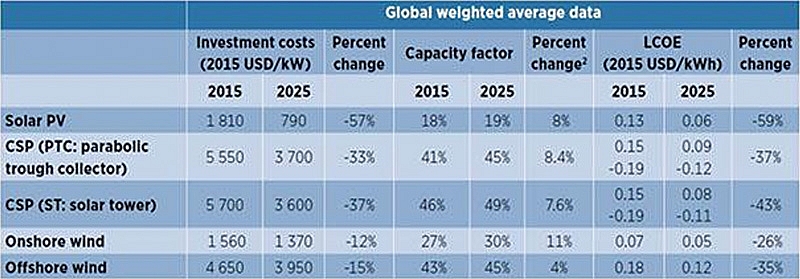 |
| Source: International Renewable Energy Agency) |
Vietnam’s Strategy for Renewable Energy Development hopes to triple the output of electricity produced from renewable sources from 58 billion kilowatts per hour (kWh) in 2015 to 186 billion kWh by 2030 – targets that have been dubbed as bold and ambitious.
At the Vietnam Energy Summit 2019 recently held in Hanoi, Nguyen Quang Minh, deputy director of the Power System Department at the Electricity Regulatory Authority of Vietnam, said, “In Vietnam, there are seven wind farms in operation with the total installed capacity of 270 megawatts (MW). Around 4,000MW of wind energy has been approved in the plan. After Decision 39, another 7,000MW is being proposed for approval.”
The government’s Decision No.39/2018/QD-TTg dated September 2018 on the revision of the wind feed-in tariffs (FiT) which replaced Decision No.37/2011/QD-TTg on the support mechanisms for the development of wind power projects is seen as a positive step to promote renewable energy.
The prime minister’s Decision No.11/2017/QD-TTg on support mechanisms for the development of solar power projects in Vietnam will also serve to encourage the development of solar power projects by setting FiT for solar projects at 9.35 US cents. This could potentially create a boom in the solar sector as the country looks to add 121 solar power projects with the capacity of 8,100MW to its national electricity plan by the end of this year.
“Vietnam is witnessing a wave of investment in renewable energy. The sheer number of projects approved shows that the field is currently very attractive,” said Cao Quoc Hung, Deputy Minister of Industry and Trade.
With the right policies in place, the cost of electricity from solar and wind power technologies could fall by between 26 and 59 per cent by 2025, according to a report from the International Renewable Energy Agency (IRENA).
Innovation driving costs down
The cost of renewable energy is now dropping at such a speed that it should be a consistently cheaper source of electricity generation than traditional fossil fuels within years, according to the IRENA.
The organisation, which is made up of 160 nations, said the cost of generating power from onshore wind has fallen by around 23 per cent since 2010, whilst during the same period the cost of solar photovoltaic (PV) electricity has fallen by 73 per cent.
With further price falls to come in green energy options, the IRENA believed that all renewable energy technologies can be competitive on price with fossil fuels by 2020. Globally, onshore wind schemes are now costing an average of $0.06 per kWh, although some schemes are coming in at $0.04 per kWh, while the cost of solar PV is down to $0.10 per kWh. In comparison, the cost of electricity generation based on fossil fuels typically ranges between $0.05 to $0.17 per kWh.
Antonio Castellano, partner at global management consultants McKinsey & Company, told VIR that “Our reviews of data and interviews with industry experts suggest that, even without factoring in externals, renewables have become the cheapest form of new power generation in the country on levelised cost of electricity (LCOE). The trend has been fuelled by the nation’s remarkable natural solar and wind resources combined with a significant drop in costs over the past five years. These include a 75 per cent decrease in solar costs and 30 per cent fall in the cost of wind, making the LCOE on new renewables cheaper than traditional thermal generation.”
In energy markets around the world, rising competition will continue to drive innovation. While equipment costs will keep declining, reductions in balance-of-system, operation, maintenance, and capital costs are becoming increasingly important drivers for overall cost reduction.
Castellano added that the technology is opening a number of opportunities. Renewables, distributed generation, and smart grids demand new capabilities and are triggering new business models and regulatory frameworks. Data collection and exchange are growing exponentially, creating digital threats but also valuable opportunities.
“The utility of the future will be a fully digital system. This means today’s utilities face a digital transformation of their business. This can begin with quick moves to improve efficiency and expand the customer base,” Castellano said. “Alongside this, startups are pushing the boundaries of innovation across all elements of the Fourth Industrial Revolution, therefore it is important to incorporate work with them in order to unlock their renewable energy potential.”
Making power more attractive
According to Castellano, there are future opportunities to attract foreign direct investment (FDI) into the domestic renewables market as there is a growing demand and need for huge capacity, whilst the power sector will become a popular sector for FDI. Financiers currently remain cautious as they require transparency and feasibility when doing business. The country’s current power plan requires investment of roughly $150 billion by 2030 and also improvements to the grid infrastructure.
In order to create a market for renewables that is attractive enough to encourage developers to build projects, the government could consider introducing steps such as power purchase agreements (PPAs), improving transparency, upgrading transmissions, and creating a mix power mast plan. As current PPAs come as a “take it or leave it” option, it increases risks for developers. PPA could become a key factor in opening the door to capital investment and start the country along the path of developing a strong renewables industry.
“Building a cheaper, cleaner and more secure energy future for Vietnam will not happen overnight,” Castellano said. “Other markets are further along in their development of renewable power and have enjoyed great benefits from their government. Without exception, governments played a critical role in jump-starting the market, generally through legislation or a public commitment. In addition, governments have often helped in accelerating investment through strong incentives and a well-planned, transparent project-approval process.”
Besides, organising financial arrangements is not an easy task when it comes to power projects that require huge capital and have legitimate environmental concerns. As seen in bidding documents from the thermal power BOT Nghi Son 2 plant in the central province of Thanh Hoa, it took 10 years for the project to complete all the necessary procedures to reach financial closure. In renewable energy, despite high FiT and investment incentives, only a few projects have made it to the construction stage and have become operational. Meanwhile, the majority of renewable energy projects domestically are still at the pre-investment stage due to a number of issues which has arisen from approval, financing, and PPA implementation.
According to law firm VILAF, renewable energy developers still encountered challenges in getting projects to the operations phase. Issues include questionable bankability of the PPA, the lack of credit rating of the off-taker, and operational risks. The lack of comprehensive information is seen as one of the greatest challenges for investors and developers. Even though it has been discussed, there still remains no clear information on the number of projects, development status, among other factors, creating confusion and uncertainty for all involved.
“Project developers are responsible for grid connection costs and risks. However, the PPA does not factor in project capacity, distance from existing transmission lines, and higher costs of installing lines over longer distances,” noted the Vietnam Business Forum’s Energy Sub-Working Group.
What the stars mean:
★ Poor ★ ★ Promising ★★★ Good ★★★★ Very good ★★★★★ Exceptional
 Tag:
Tag:
Related Contents
Latest News
More News
- Innovative food packaging to help use resources efficiently (November 19, 2024 | 16:47)
- ESG - Prerequisites for sustainable business growth (November 19, 2024 | 07:31)
- Robust green aims will unlock new potential (November 18, 2024 | 16:44)
- Dual transition can motivate businesses (November 18, 2024 | 16:35)
- Vietnam and New Zealand look to a sustainable future (November 18, 2024 | 16:17)
- Companies must embrace green finance initiatives (November 18, 2024 | 16:07)
- Dual transition to help firms of all sizes (November 18, 2024 | 15:48)
- Foot must remain on pedal to achieve SDGs (November 17, 2024 | 10:26)
- 45 enterprises honoured for sustainable development contributions (November 17, 2024 | 10:00)
- New Zealand’s approach to sustainable ambitions (November 17, 2024 | 09:48)





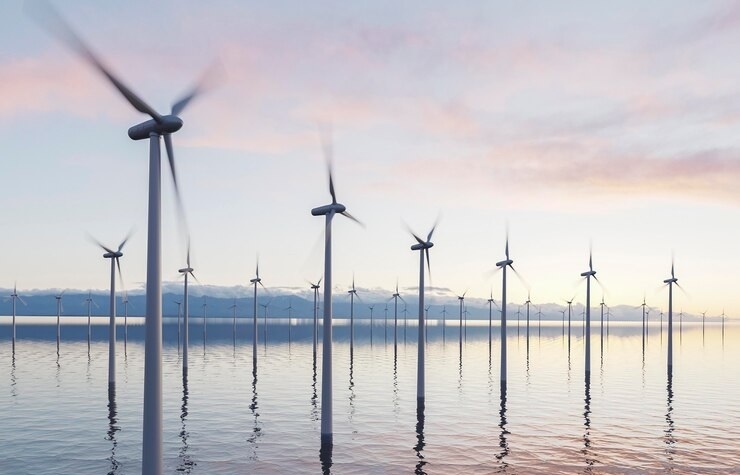
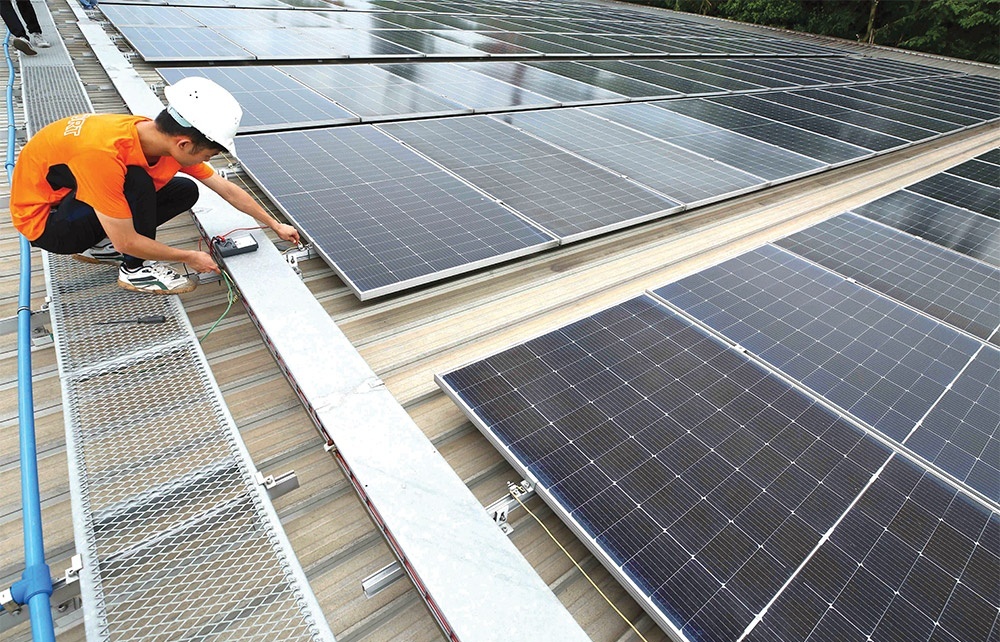

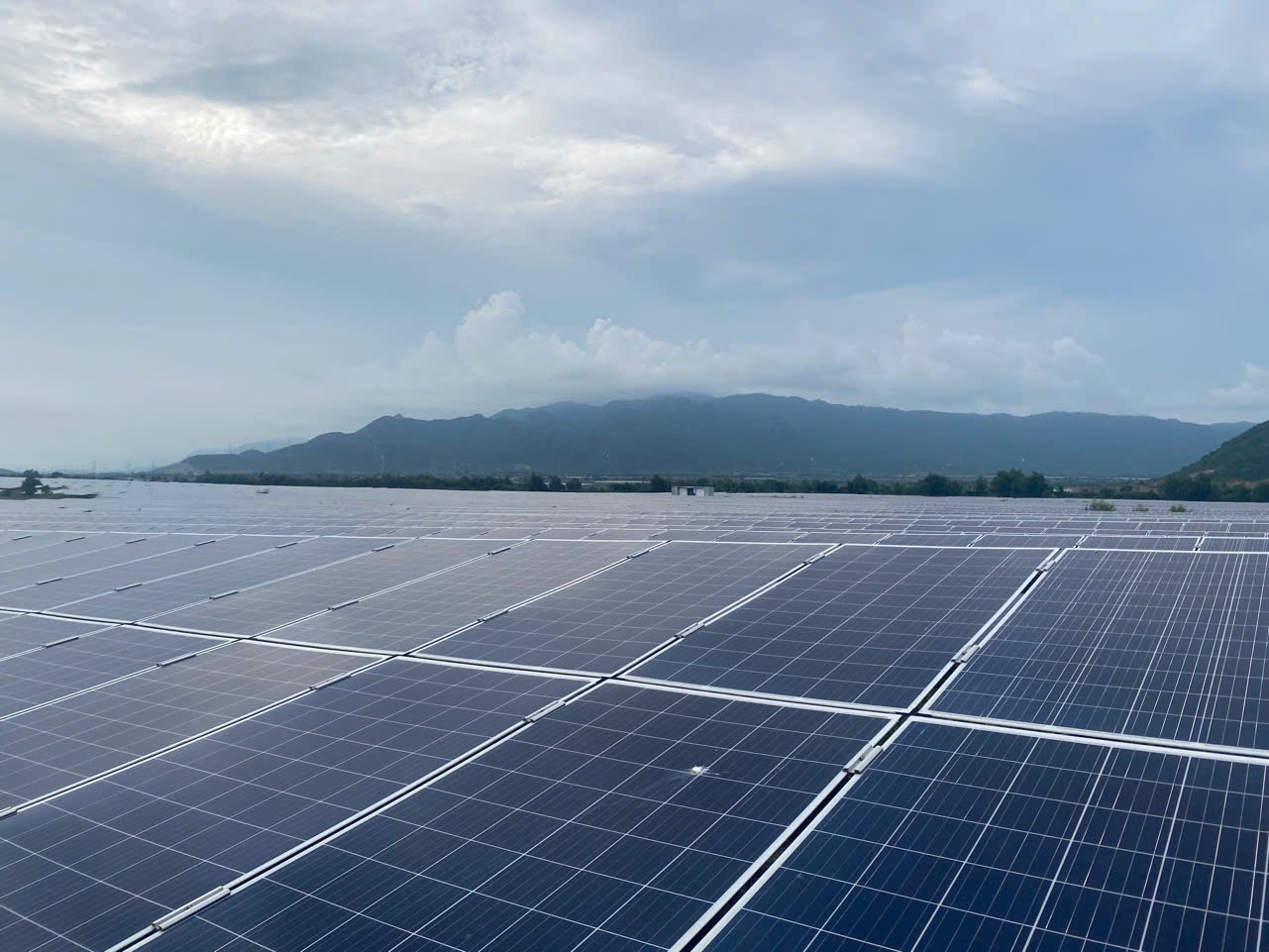

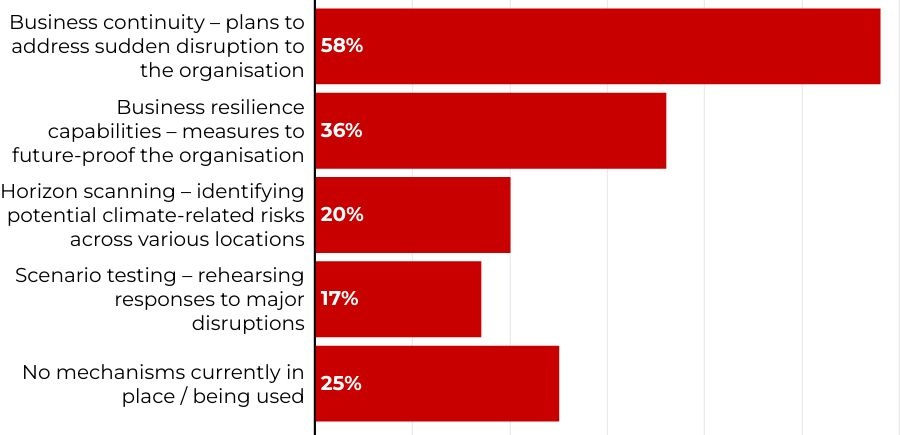

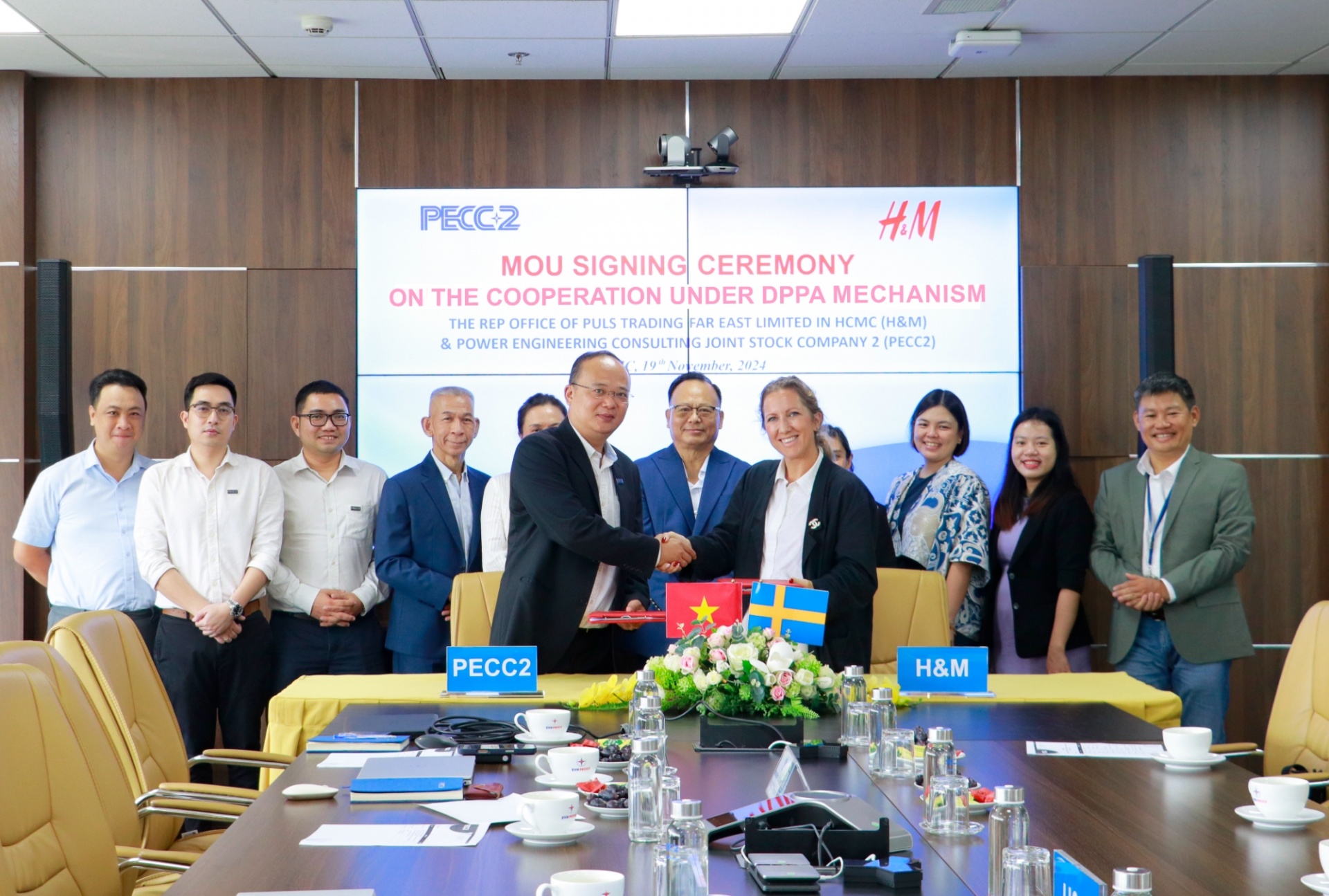






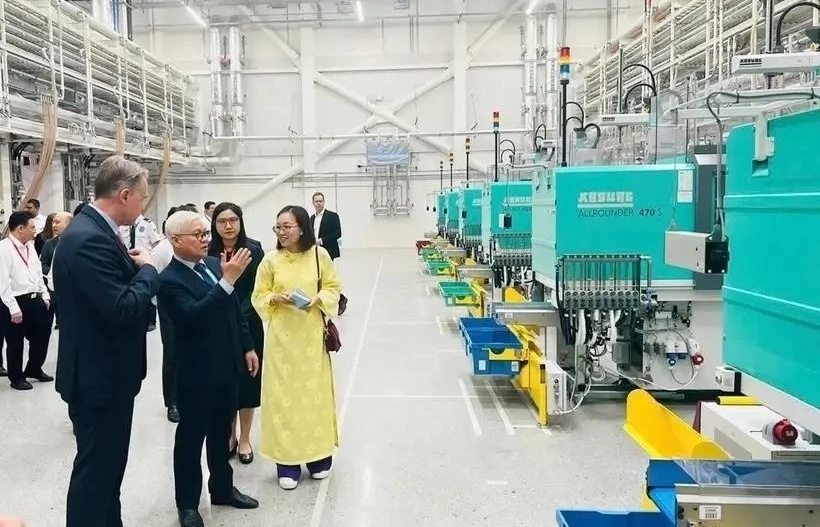


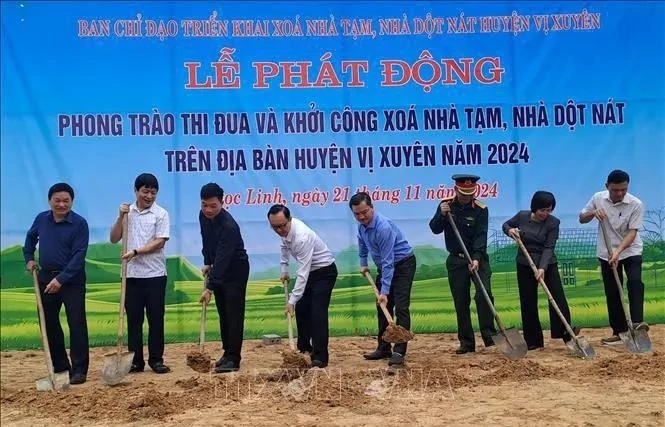



 Mobile Version
Mobile Version